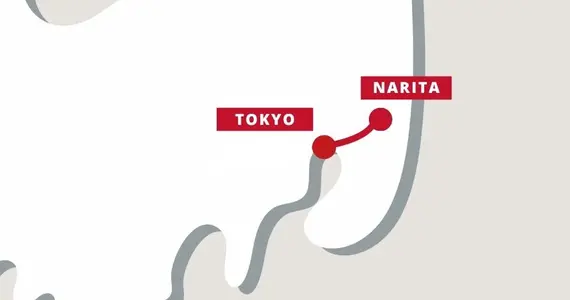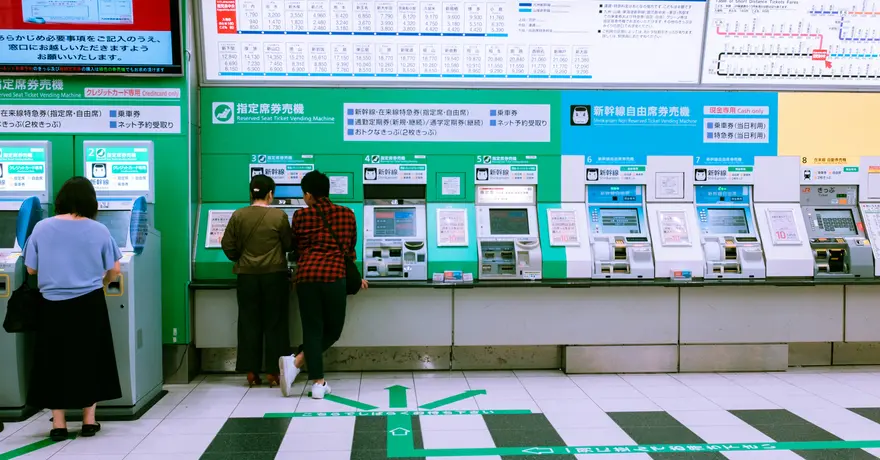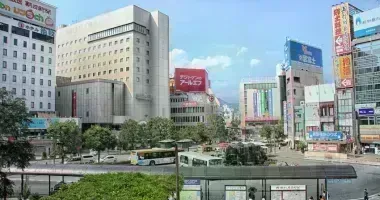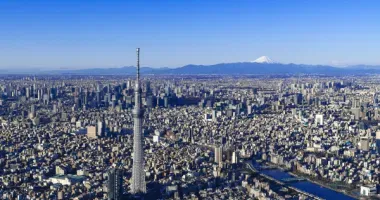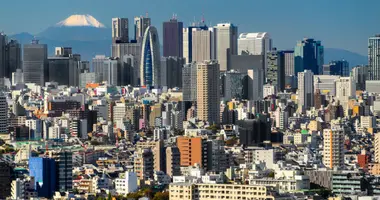Airport Transfer (Narita Express Train) Tokyo to Narita (NRT)
Official train tickets seller
Choose your preferred seat
7/7 Assistance

Travel conditions
Buy your train tickets in Japan in 3 easy steps
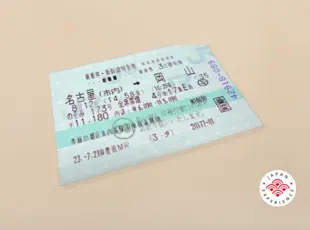
Trains in Japan: what does it look like?
What our customers say about us
Your opinion matters to us.
Travel advice from our Japan train expert
Traveling by train in Japan
Japan boasts a highly developed rail system, making it an extremely practical mode of transportation for both local and long-distance travel. Consequently, both residents and tourists frequently find themselves utilizing trains almost daily, whether they are using local train services or the renowned Shinkansen bullet trains. For those embarking on their inaugural journey to Japan, the significance of train travel during their visit undoubtedly comes to mind.
Although train travel is a common aspect of life in Japan, there are several factors that may necessitate some prior understanding or preparation before first-time travelers board a train. This is true even for individuals hailing from countries with a well-established train travel culture.
What makes trains so popular in Japan?
Japan's rail transportation network is regarded as one of the finest globally. The experience of taking a train in Japan can be encapsulated in three adjectives: efficient, fast, and clean. Until one has experienced it firsthand, it is difficult to comprehend just how simple and remarkably convenient it is to travel by train in Japan. Despite the fact that millions of passengers utilize Japan's rail system daily, trains remain impeccably clean, punctual, and operational. For many readers, this description may seem like a dream compared to the train networks in their own countries.
There are numerous factors contributing to this remarkable railway system, but it can essentially be attributed to Japan's dependence on imported fossil fuels, which led the nation to make substantial investments in its transportation infrastructure via trains. Since the late 19th century, Japanese train companies have been constructing lines to transport people and goods efficiently from one location to another, and as a result of this extensive network, cities began to develop around train stations. While much of Western urban development has centered on car-oriented infrastructure, Japan has primarily expanded its urban areas around train stations. In most Japanese cities, train stations serve as the economic and demographic hubs of the city.
Through appropriate investment in its train system, Japan has successfully established one of the most dependable, rapid, and secure rail networks globally!
Train information
The Narita Express line, or NEX, which connects Tokyo's Narita Airport (NRT) and Tokyo, is well-known for its efficiency and speed. It departs from major local hubs such as Tokyo Station, Shinagawa Station, Shibuya and Shinjuku stations, Yokohoma and Ofuna stations, covering a distance of approximately 60 kilometers (38 miles) from Tokyo Station. The travel time is typically around 50 minutes, allowing passengers to witness the changing landscapes from Tokyo's urban environment to the rural rice fields near Narita Airport.
Trains arrive to either Terminal 1 or Terminal 2-3, and originate from either Tokyo's Shinjuku Station or Ofuna Station near Kamakura, in Kanagawa prefecture. When traveling from Tokyo to Narita Airport, you have the option to choose between the Ordinary Class or the Green Class. Whether you pick the convenience of the Ordinary Class or the extra comfort of the Green Class, the seats you will book for the Narita Express airport transfer are reserved seats.
Other itineraries you may be interested in
What to do in Tokyo ? Discover our activities!
Frequently Asked Questions about Airport Transfers
